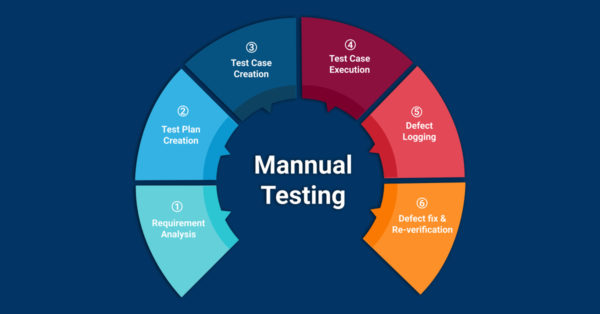A good idea for a mobile app and even the proper execution of the app does not ensure quality, which is essential if you want to attract and engage your users. It is important for you to test your apps, and ensure that you have paved the way for good ratings.
You need to ensure that mobile applications are high performance and usable. Here are a few tips that should help you win the target audience through thorough testing methods.
1. Test the Prototype
Before you begin execution of the high-performance app solution, you should ideally test the prototype. For this, you might want to create a sketch or a basic design of how your mobile app should look.
Sketch the screens, design the menus and the navigation, and finally test the movement of the user on this design. If you feel that the design is usable, and will convert into an intuitive app, you can go ahead with the actual development. For this purpose, you need to identify the target audience, know what they expect from your app through questionnaires, and finally add them to the designs.
2. Select the Mobile App Testing Method
Before you begin the testing for mobile app solution you have created, you ought to define the testing method. For this, you need to consider the following factors, which will make it easy for you to make the tool selection.
What OS version do you plan to test the apps for?
What is the maximum and minimum screen resolutions you plan to test?
What are the various form factors?
You might also need to mention what kind of tests you plan to perform to choose the right tools.
3. Physical Device or Emulators
When you strategize testing methods for the mobile apps, you also need to mention if you plan on using the emulators or physical devices for the testing.
The choice also depends on the type of testing you want to conduct, and the parameters you want to test. If you want to conduct a comprehensive test of the mobile app solutions for its features and functionality, then bringing all the devices to the table physically can be difficult. Instead of investing in the devices, you can choose to opt for the emulators that contain these devices.
However, you need not avoid these devices completely. You can choose to perform some of the tests on the physical devices that are available with you.
4. Manual or Automated

There are several areas where the manual testing method is considered to be a good idea, while in other cases you should opt for automated testing. You need to test certain events during application execution such as the low battery, email alerts, etc. which can be done easily through manual methods. However, automated testing should be considered in case the regression frequency is high, the development cycle is long or you need to test the compatibility of the application with the different operating systems. You can also test backward compatibility during application upgrade through automated testing methods.
5. Performance Testing Strategies
When you are defining the mobile application testing strategy, you ought to test for the performance of the application as well as its scalability. Why? People tend to store large amounts of data in their phones, owing to the extra space made available with the new smartphones. This tends to affect the performance of the newly added mobile application. You ought to check the mobile app’s performance for the different scenarios.
6. Conducting Security Testing
The security is an important concern for both app developers and mobile app users. You ought to conduct proper security testing using the different methods available if you want to understand what issues exist. You need to check if the application uses secure network protocols, and whether they can be switched with the ones that are not so secure. Check if the application saves credit card information, what kind of permission it seeks and finally whether or not it uses the device ID as an identifier.
7. Check for Network Connectivity
The network connectivity is a major issue and concern when you create an app and release the app to the market. You will see that mobile apps require proper connectivity if you want them to work just fine. As a result, testing the mobile app over low network conditions is important. You will also understand the network-related limitations posed by the mobile app as a result.
Summing up
You should also test the mobile app for an increasing number of users, and heavy load, as that too can affect its performance and overall usability. It is important to conduct thorough testing, and plan to use cases in advance. A well-defined testing strategy that includes the different use cases will help you get the desired results. Hire QA specialists who understand the domain, and have an expertise in resolving all testing related issues, if they occur.
